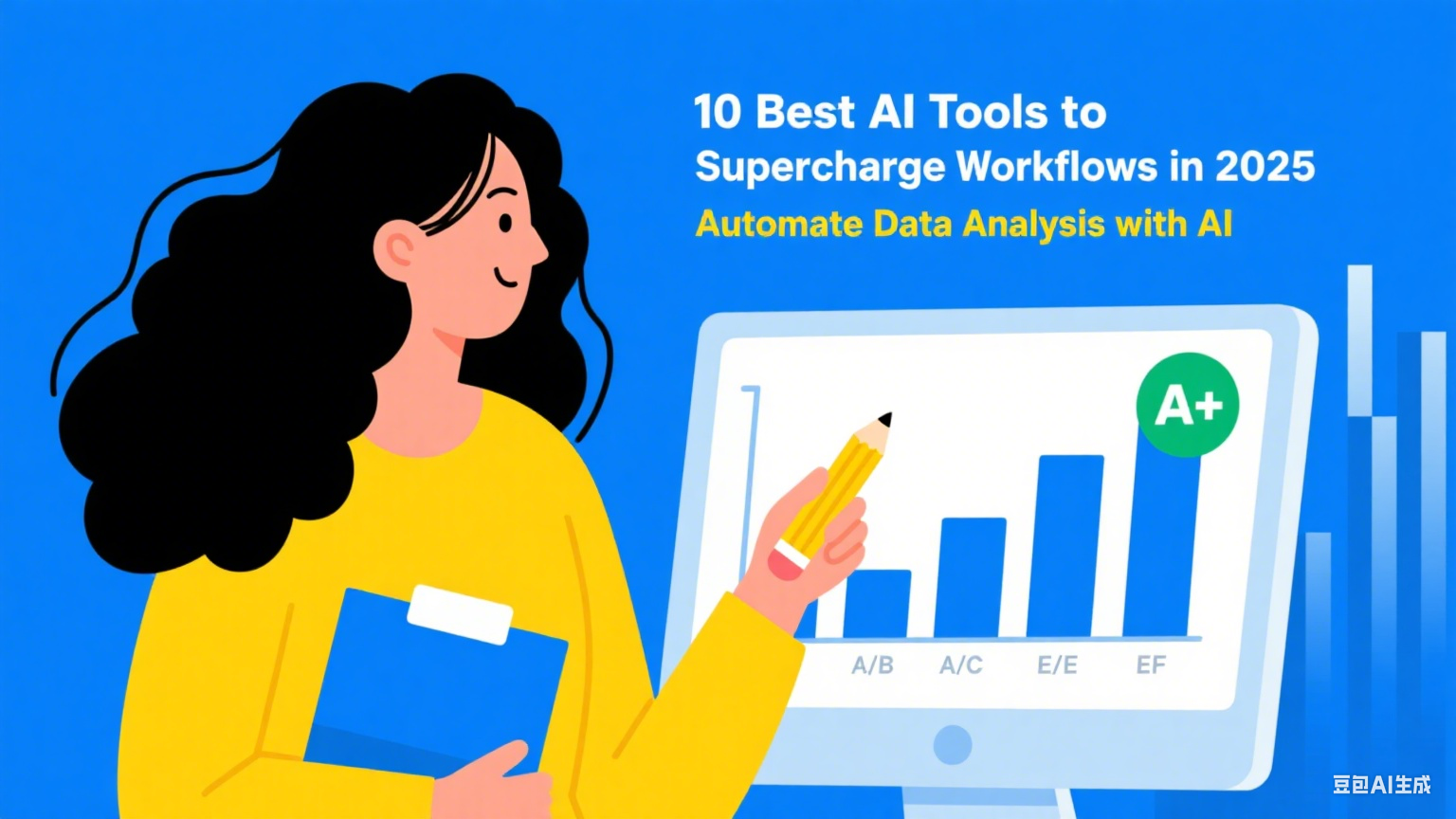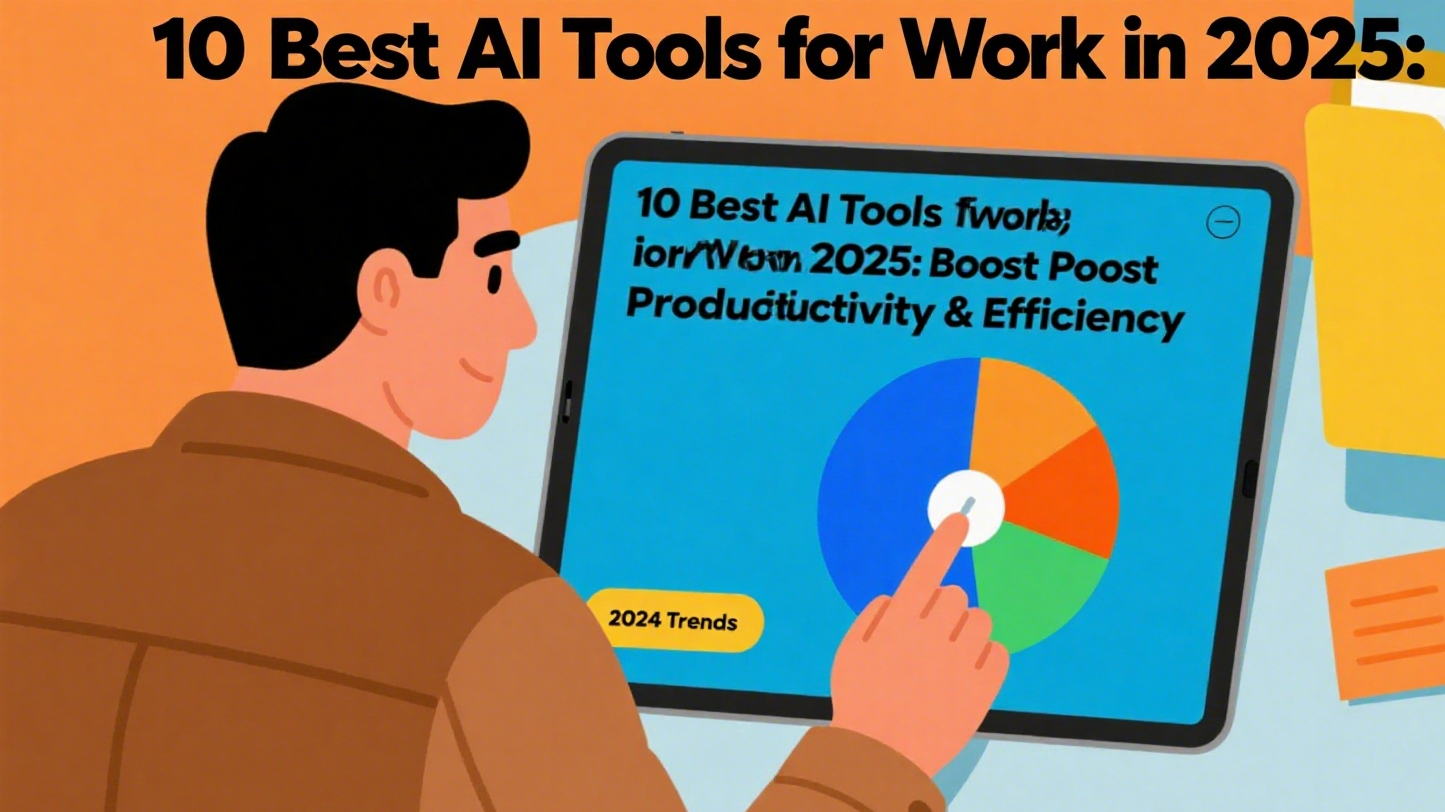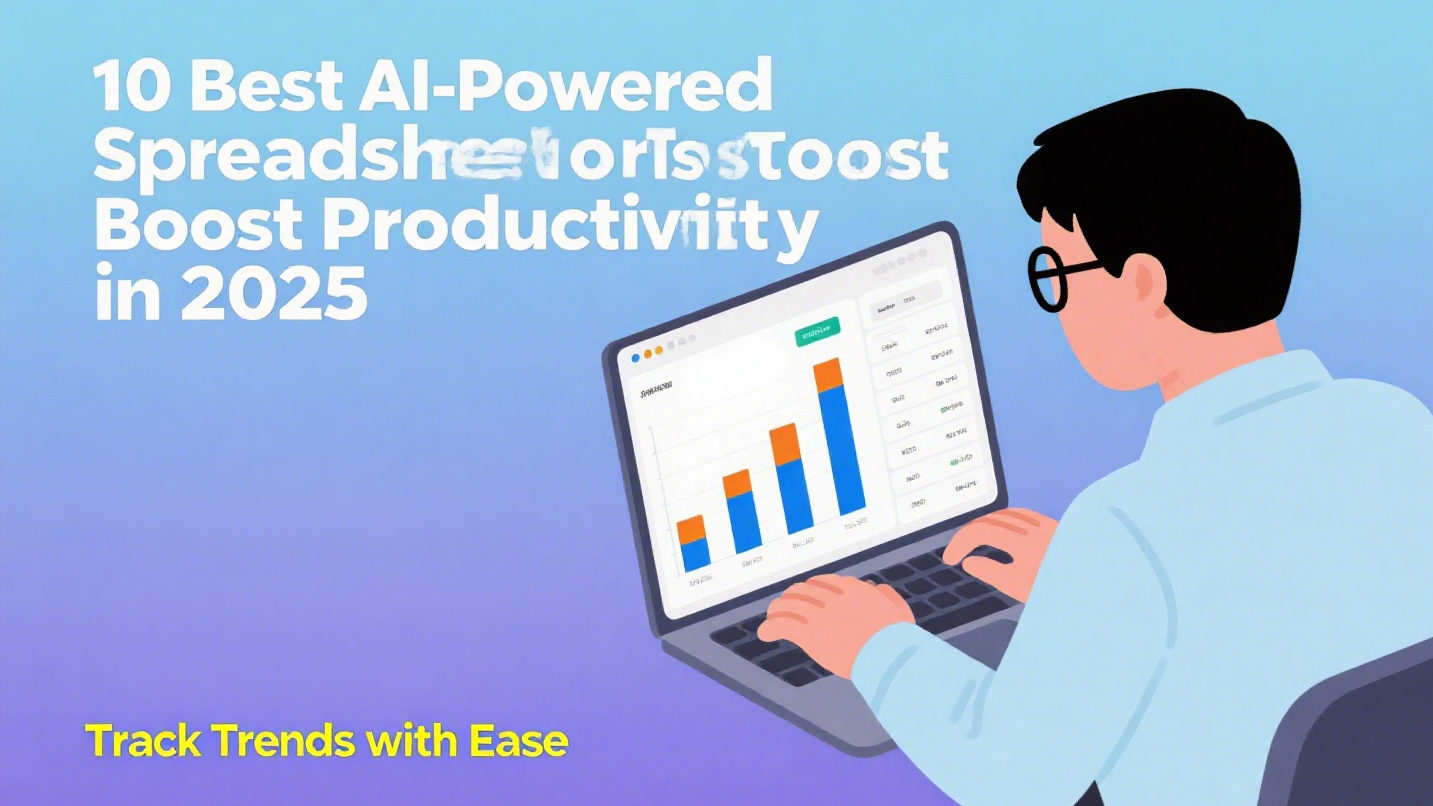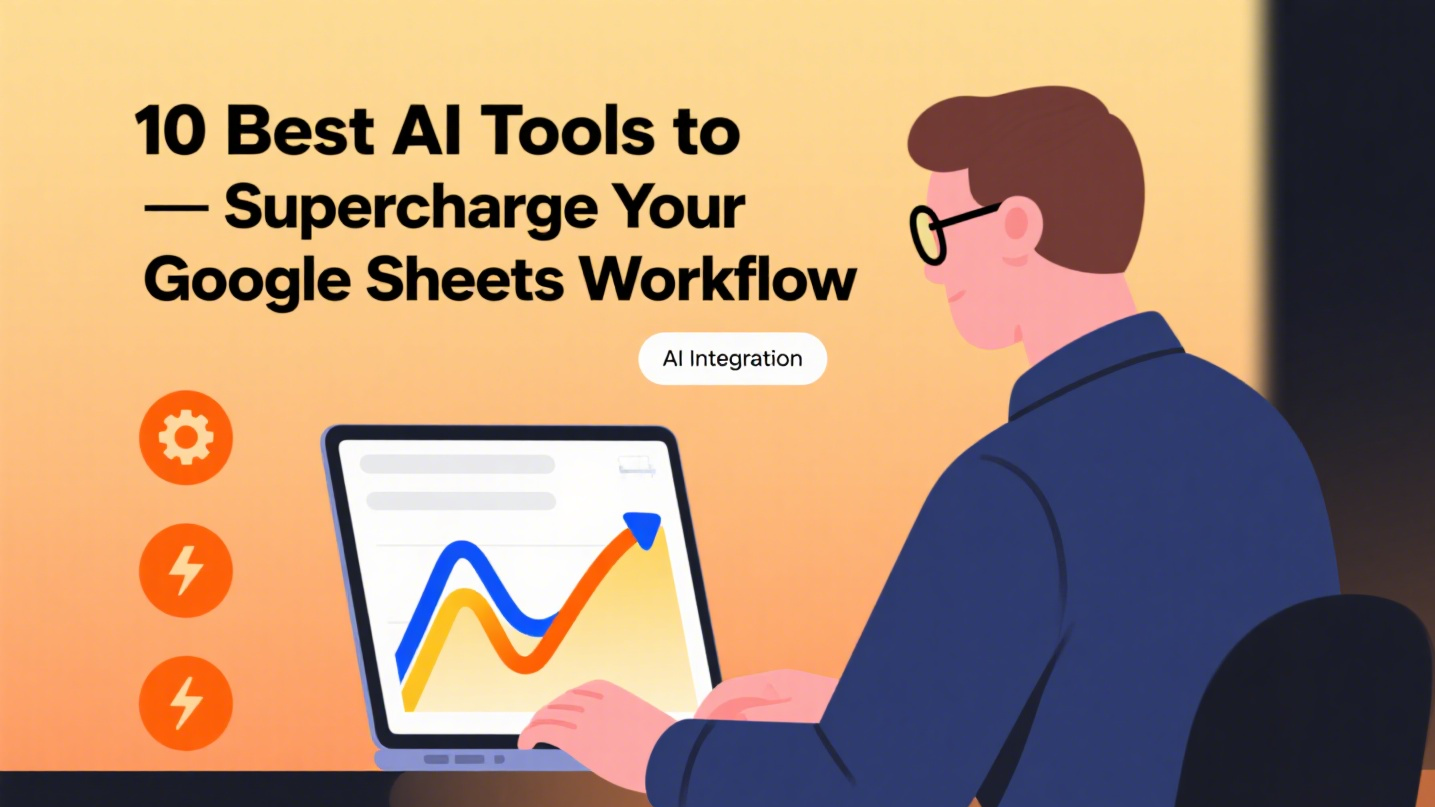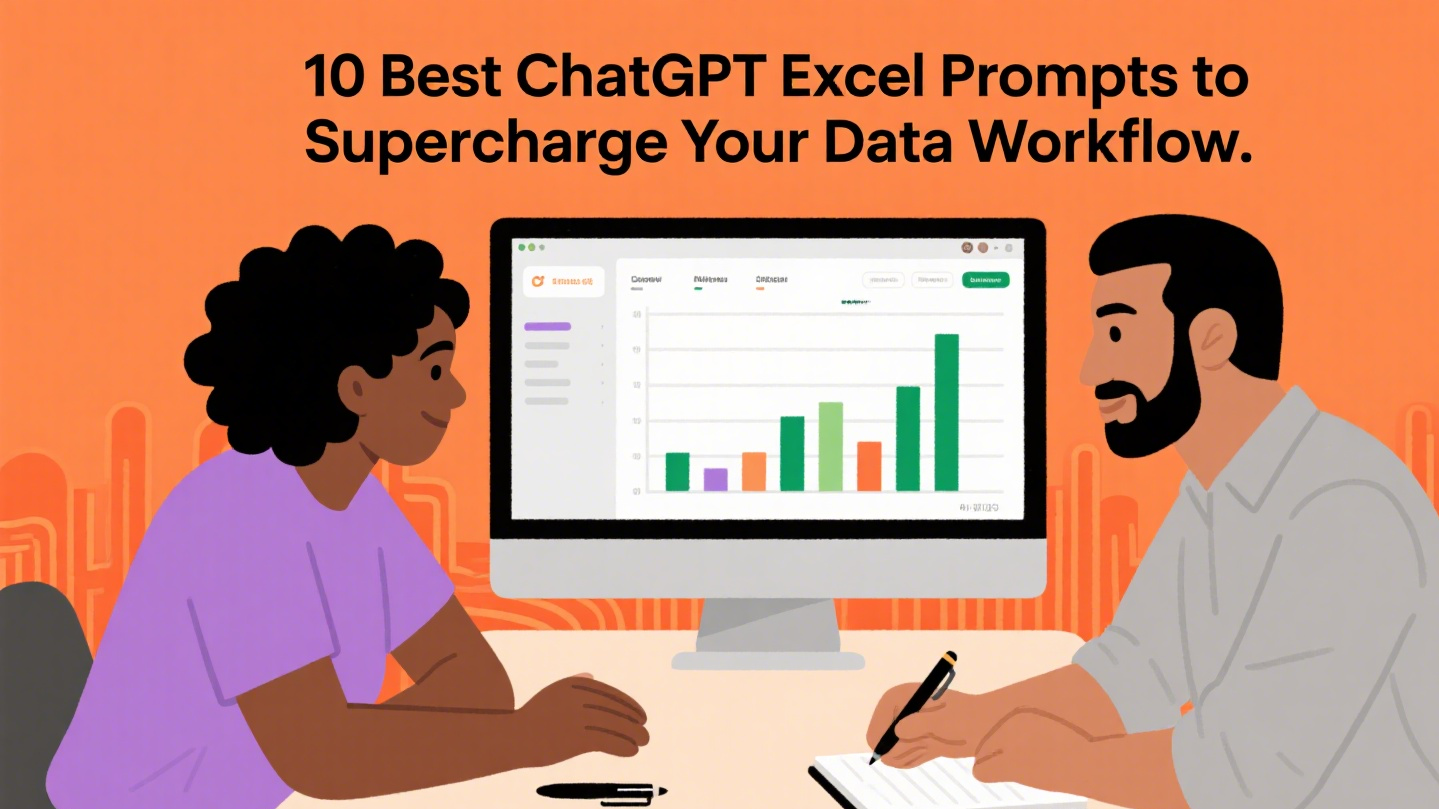As a User Growth Manager at Excelmatic, I've seen firsthand how the right AI reporting tool can transform raw data into strategic goldmines. In an era where 90% of the world's data was created in just the last two years, businesses need smarter ways to analyze and visualize their information.
After evaluating dozens of platforms, I've curated this list of the 5 most powerful AI reporting tools available today. These solutions help teams at all levels - from startup founders to enterprise executives - make data-driven decisions with confidence.
Here are the five best tools for your reference:
1. Excelmatic: The All-in-One AI Analytics Powerhouse
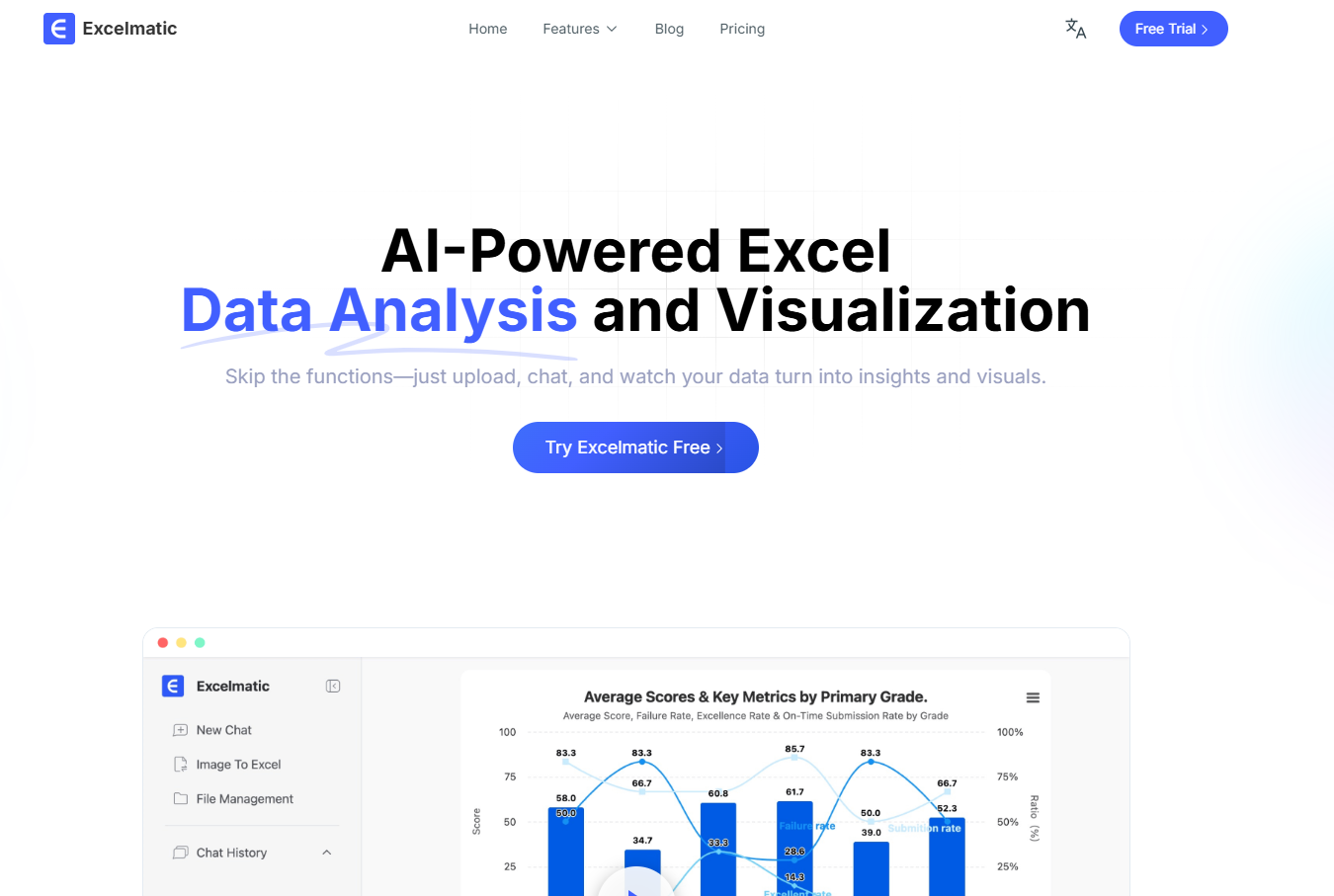
Excelmatic stands out as the most comprehensive AI reporting solution for modern businesses. Our platform combines the familiarity of spreadsheets with cutting-edge artificial intelligence to deliver:
- Instant Dashboard Creation: Transform raw data into polished reports with a single click using our AI-powered analysis engine
- Natural Language Processing: Ask business questions in plain English and receive visualized answers instantly
- Smart Data Cleaning: Our AI automatically detects and fixes data inconsistencies, saving hours of manual work
- Real-Time Collaboration: Share live dashboards with stakeholders who can interact with the data without technical expertise
What truly sets Excelmatic apart is its adaptive learning capability. The platform studies your usage patterns to surface the most relevant insights proactively, essentially growing smarter alongside your business.
2. Microsoft Power BI: The Enterprise Favorite
Power BI remains a strong contender, particularly for organizations already embedded in the Microsoft ecosystem. Its key strengths include:

- Deep integration with other Microsoft products
- Robust data modeling capabilities
- Extensive visualization library
While powerful, Power BI requires more technical expertise than Excelmatic's intuitive interface, making it better suited for teams with dedicated data specialists.
3. Tableau: The Visualization Specialist
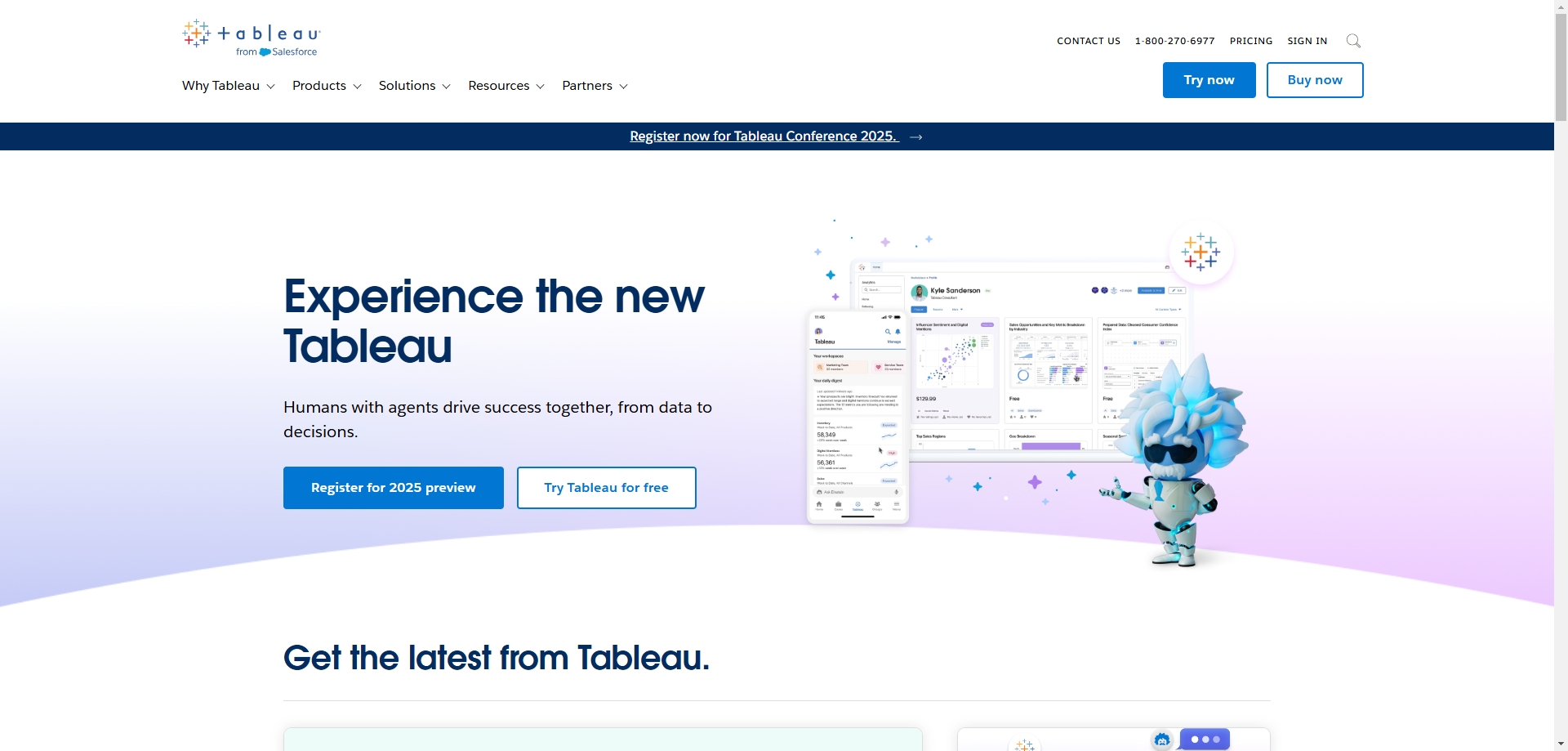
Tableau excels at creating stunning, interactive data visualizations. Its drag-and-drop interface makes it accessible to non-technical users, though some advanced features still require training. Compared to Excelmatic's AI-driven approach, Tableau demands more manual configuration for optimal results.
4. Looker (Google Cloud): The SQL Alternative
Now part of Google Cloud, Looker offers a unique modeling language (LookML) that simplifies complex data relationships. It's particularly strong for:
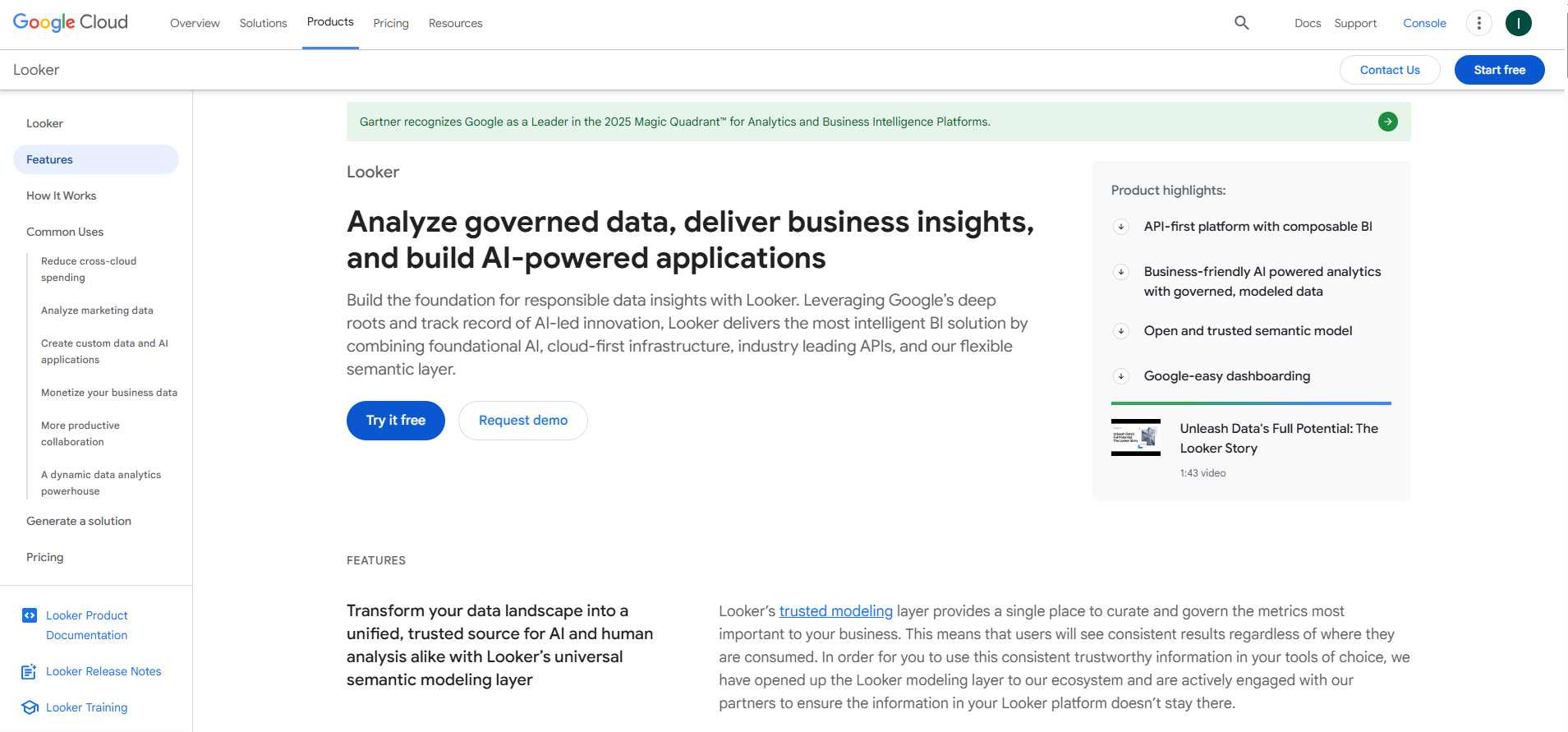
- Businesses using Google's cloud infrastructure
- Teams that prefer code-based data modeling
- Organizations needing granular access controls
5. Qlik Sense: The Associative Analytics Engine
Qlik's associative engine helps uncover hidden data relationships that traditional query-based tools might miss. Its AI-powered insights and smart visualizations make it a solid choice for exploratory analysis.
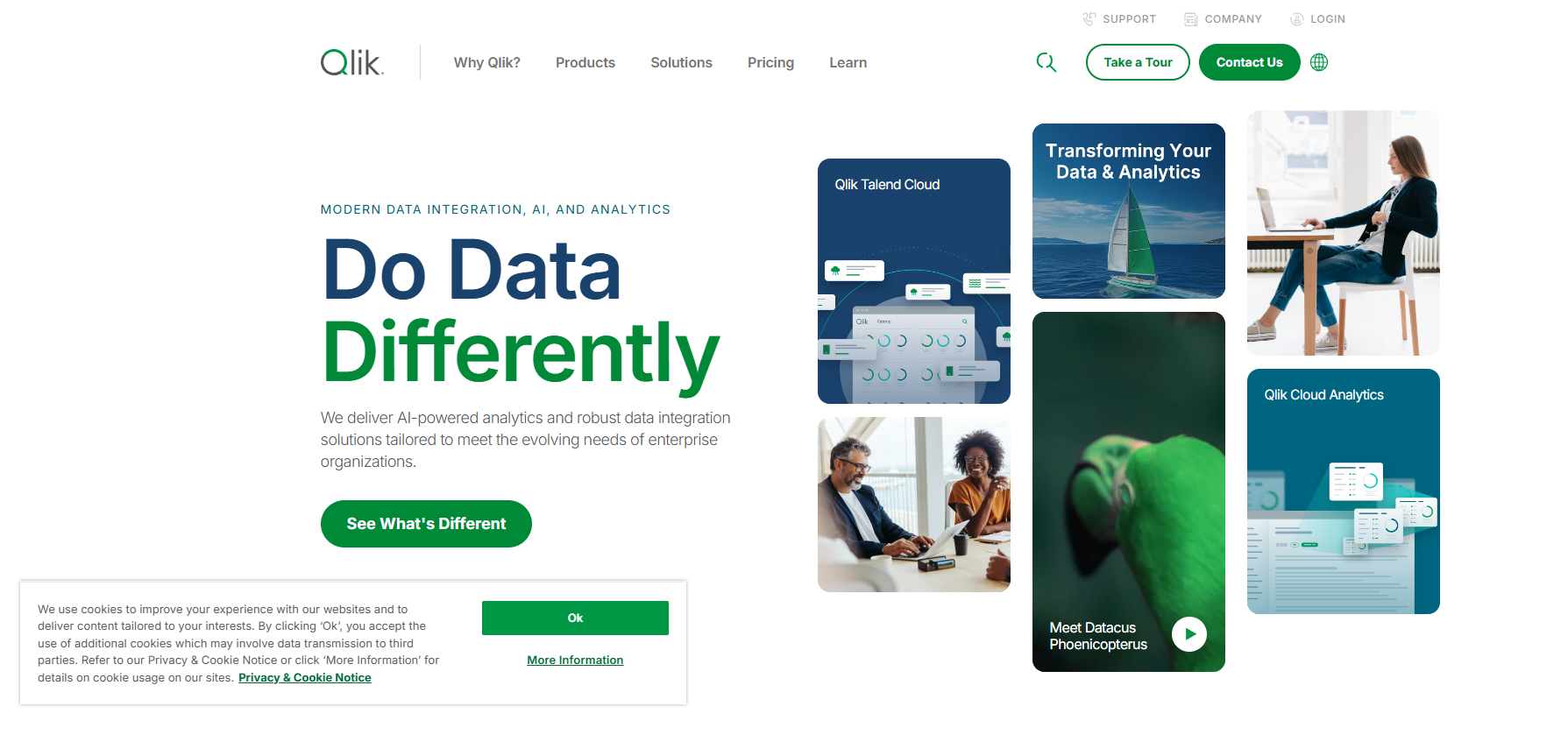
Why Excelmatic Leads the AI Reporting Revolution
While all these tools have merits, Excelmatic delivers the most balanced solution for today's business needs:
- Faster Time-to-Insight: Our AI automates up to 80% of the reporting workflow
- Lower Learning Curve: Designed for business users, not just data scientists
- Smarter Analytics: Continuously improving AI provides increasingly relevant insights
- Seamless Integration: Works with all major data sources and business apps
For teams ready to upgrade their reporting capabilities, I recommend starting with Excelmatic's free trial. Within minutes, you'll experience how AI can transform your data from a static resource into a dynamic growth engine.
The future of business intelligence isn't just about accessing data—it's about understanding it effortlessly. With tools like Excelmatic, that future is already here.


